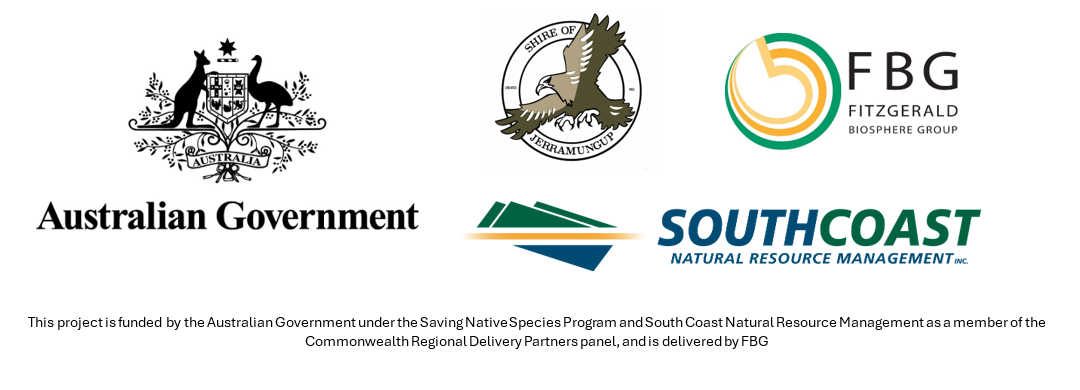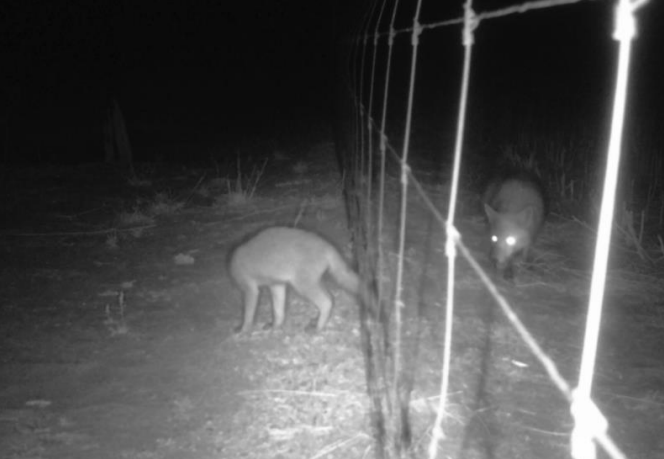Pest Animal Control
feralSCAN App
FBG is undertaking a pest animal control program to reduced the impact on livestock and native animals. The more information we have about the size of feral pest populations and where they are, the more effective we can be.
Fitz-Stirling Fauna Recovery Project
Timeframe: August 2023 - June 2024
Funding Source: South Coast Natural Resource Management
Project Coordinators: Tamzin Bowe
Summary: Build on the existing cross-tenure, multi-partner, integrated predator control activities on private land and between the Stirling Range National Park and Fitzgerald River National Park and in the Waychinicup National Park, focusing on controlling feral cats, foxes and rabbits, to support native species including the Malleefowl, Chuditch (Western Quoll) and Western Ground Parrot.
Project Partners & Leads: South Coast NRM, NSPNR






